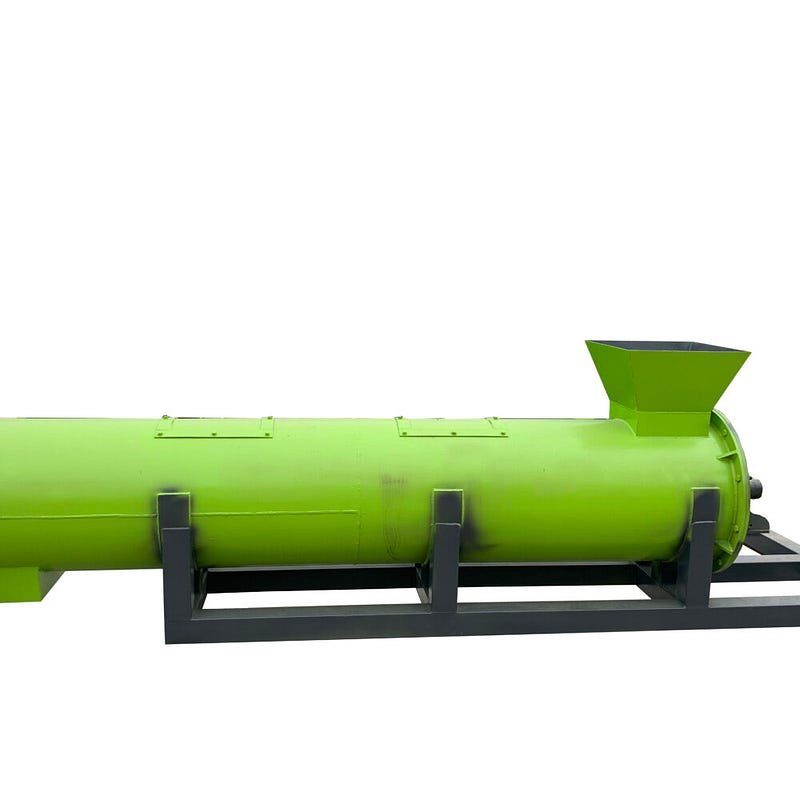Imposing Challenges and Opportunities in the Fertilizer Machines Market

In a world where agricultural productivity is paramount, the fertilizer machines market has witnessed staggering growth. Recent statistics reveal that global demand for fertilizer machinery is projected to reach $25 billion by 2025, driven largely by increasing food production needs. However, this burgeoning industry faces significant hurdles due to import/export restrictions imposed in various regions.
The Unique Characteristics of Fertilizer Machines Under Import/Export Restrictions
As I analyze the landscape of fertilizer machines within areas affected by stringent trade regulations, several key characteristics emerge:
Click Xincheng.Find more about China Organic fertilizer drying machine.
- Supply Chain Disruptions: Import/export restrictions often lead to delays and increased costs in acquiring essential components for manufacturing fertilizer machines. This can hinder production timelines and affect overall market supply.
- Market Adaptation: Companies are compelled to adapt their strategies by sourcing materials locally or investing in alternative technologies that comply with regional regulations. This shift can foster innovation but may also increase operational complexities.
- Diverse Regulatory Environments: Different countries impose varying levels of restrictions based on environmental concerns or economic policies. Understanding these nuances is crucial for businesses looking to navigate international markets effectively.
- Pricing Pressures: The added costs associated with compliance and logistics under restrictive regimes can lead to higher prices for end-users, potentially reducing competitiveness against local alternatives.
- Sustainability Focus: In response to regulatory pressures, there’s an increasing emphasis on developing eco-friendly fertilizer machinery solutions that align with sustainability goals while meeting compliance standards.
A Conclusion on Fertilizer Machines Amidst Trade Restrictions

The landscape surrounding fertilizer machines in regions facing import/export restrictions presents both challenges and opportunities. While companies must navigate complex regulatory environments and potential supply chain disruptions, there lies a unique opportunity for innovation and adaptation within the industry. By embracing sustainable practices and localizing supply chains, businesses can not only mitigate risks but also position themselves favorably as leaders in a rapidly evolving market focused on enhancing agricultural efficiency worldwide.

